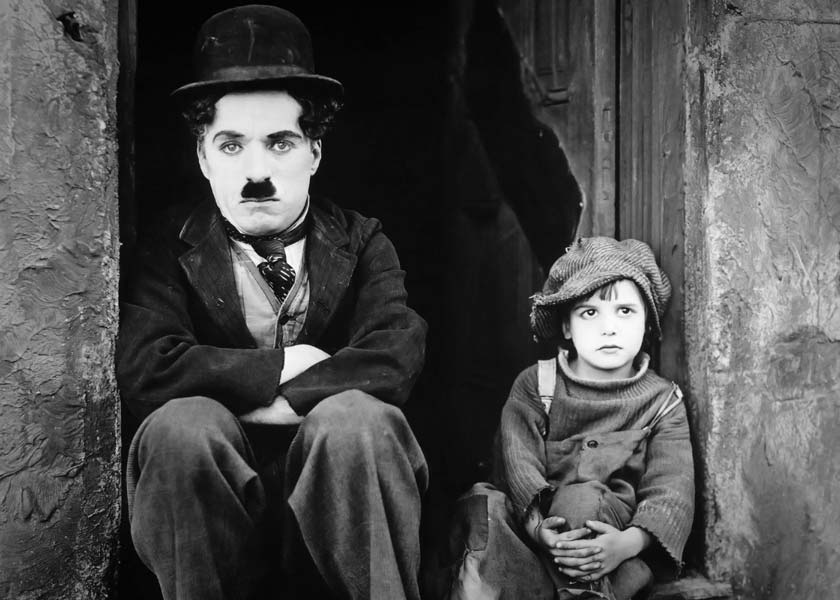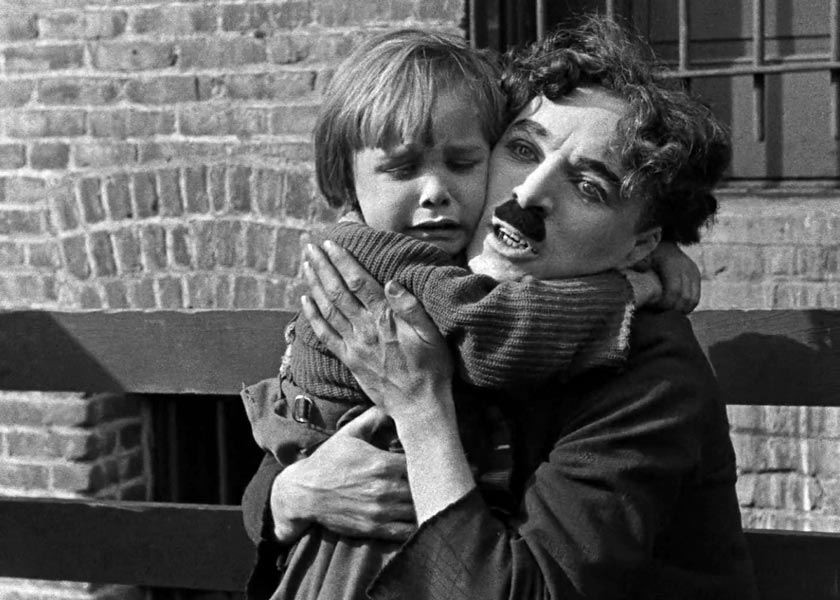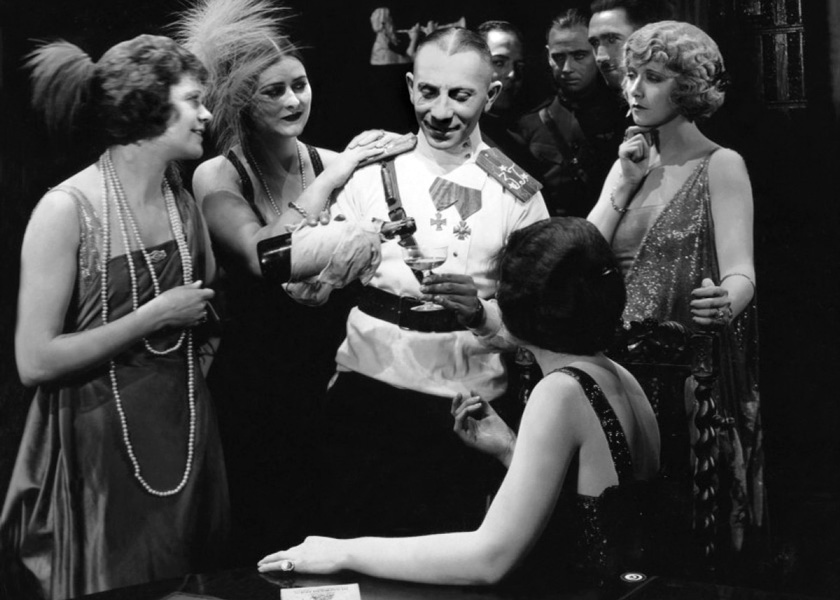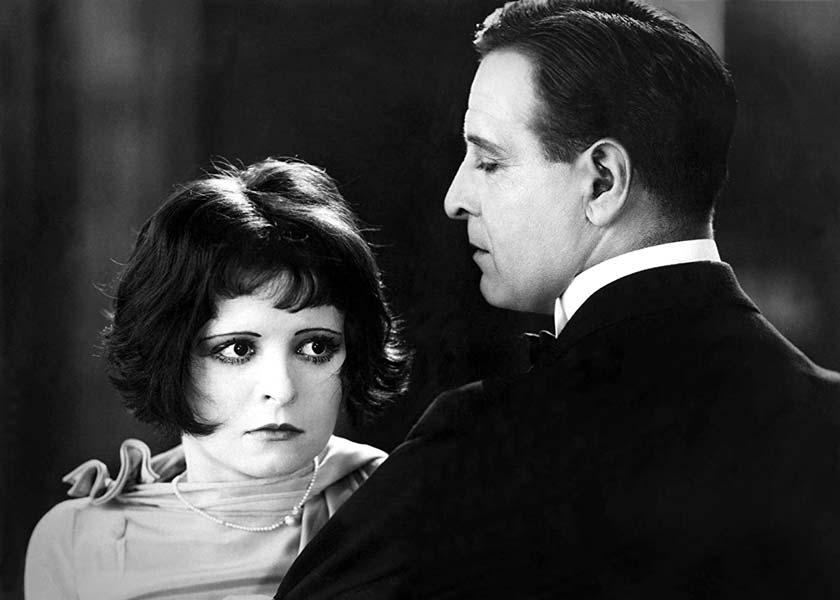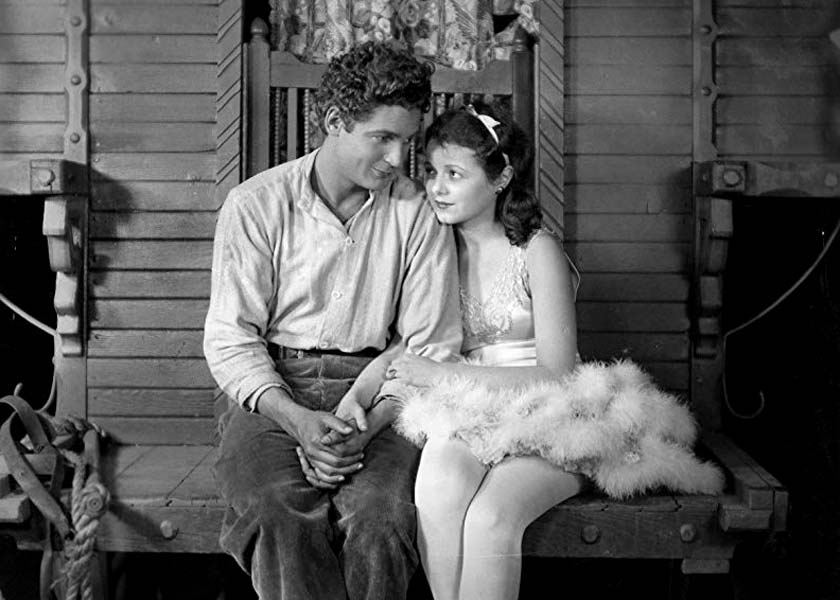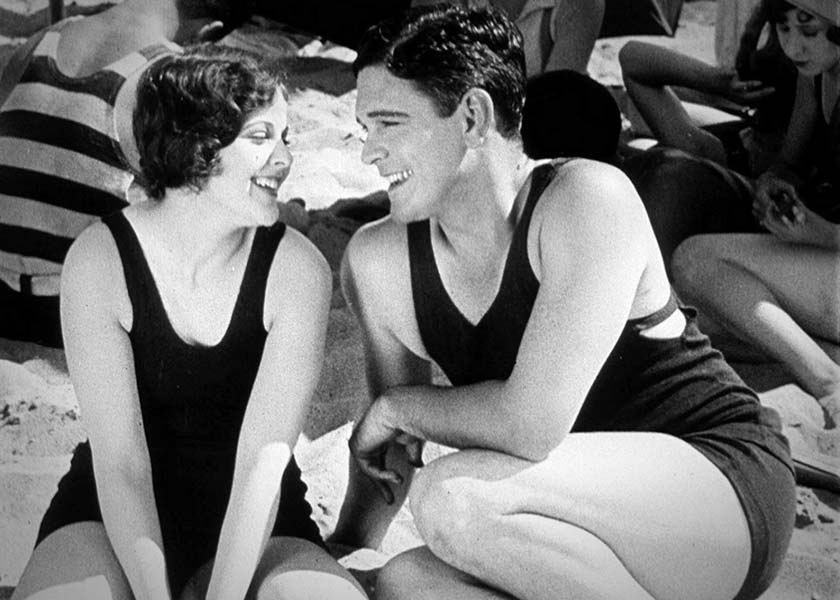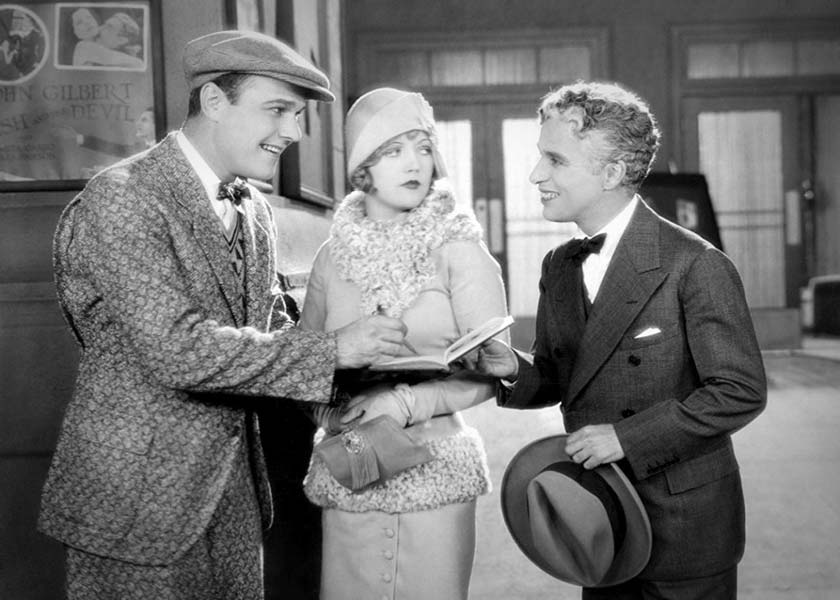Lists of great American films have been published by a variety of sources, including the American Film Institute. Our chronological list of great American films of the middle and late silent era intends to focus on obscure and less celebrated masterpieces. Alternate works by well known artists such as Chaplin, Keaton, Lloyd, and Fairbanks are featured in place of their best known films of the era, in addition to several other films deserving wider attention.
The High Art of Silent Film
Silent films reached a high level of artistry during the 1920s. All aspects of available filmmaking techniques and technology were perfected. An experienced audience understood and readily interpreted the vocabulary of film. Direction and acting were subtle and fluid. Cinematography produced beautiful images of actors and their surroundings. Subtle movements of face, hands, and body conveyed great meaning. Film design excelled in graphic art, expressive sets and costumes.
Silent films are romantic and capable of expressing intense romanticism and strong passion. Viewed with understanding, and appropriate musical accompaniment that provides tonal color and emphasis to the onscreen action, the best silent films communicate exceptional expressiveness and appeal.
Social Changes Reflected in Film
The subject matter of film mirrors the society and culture of the times. During the 1920s, Hollywood movies reflected the considerable changes occurring in American society and culture. American participation in World War I produced new outlooks in society. Men and women returning from war in Europe had seen brutality and suffering, but also had their worldview broadened. Cultural exchange with European nations increased.
The constitutional amendment prohibiting the manufacture or sale of intoxicating beverages was enforced from January, 1920. Prohibition led to flaunting of the law, especially in urban areas. In 1919, a constitutional amendment legalized female suffrage. Socially, women were less constrained in their behavior; public interactions between men and women became more open.
The ideal of female beauty changed in the 1920s: the female body profile became slimmer, blouses were flatter, waistlines dropped, and hairstyles simplified. As the decade advanced, women’s hair and skirts became shorter. The standard hair cut was the bob with the hair shortened to the neck. Skirts rose to the knee, and a seated woman showed their nylon-clad legs.
In the late 1920s, the modern young woman came to be known as a flapper. She used make-up freely, patronized speakeasies, listened to jazz, smoked and drove alone. She danced the Charleston with legs flying. Epitomized by movie stars such as Clara Bow and Colleen Moore, the flapper was lively, fun-loving, open to new experiences, but basically a moral and clean living young woman.
The Filmmakers
Although some of the major actors, such as Ronald Colman and Mary Pickford, and directors, such as King Vidor, Ernst Lubitsch, Henry King, Frank Capra, Erich von Stroheim, of the silent era are still fairly well known, many other prominent film artists, such as Alice Joyce, Richard Barthelmess, William Haines, Herbert Brenon, and Rex Ingram, to name only a few, are obscure today. The better known actors and directors are mostly remembered because their careers extended into the sound era, while those whose careers were mostly or entirely confined to the silents are little known. The great silent comedians Charlie Chaplin, Buster Keaton, and Harold Lloyd, are the prominent exceptions to this rule. Their action-filled comedies remain directly appealing to audiences.
D.W. Griffith, who had dominated the 1910s (four of his films are discussed in the first part of our Great Films series), continued to make films through the 1920s, however he did not significantly advance in storytelling or technique, and his films, while interesting, have an old-fashioned tone.
The Films
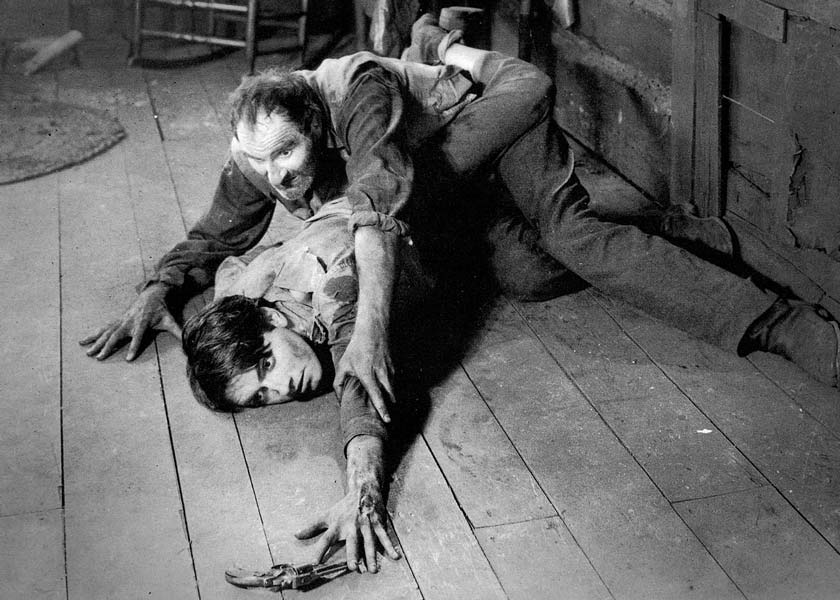
- Tol'able David
- 1921, Henry King
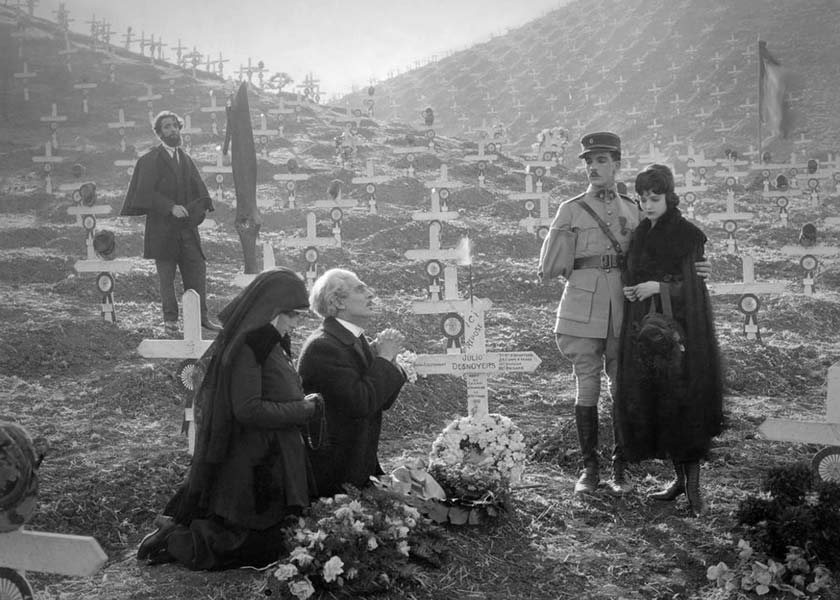
- The Four Horsemen of the Apocalypse
- 1921, Rex Ingram
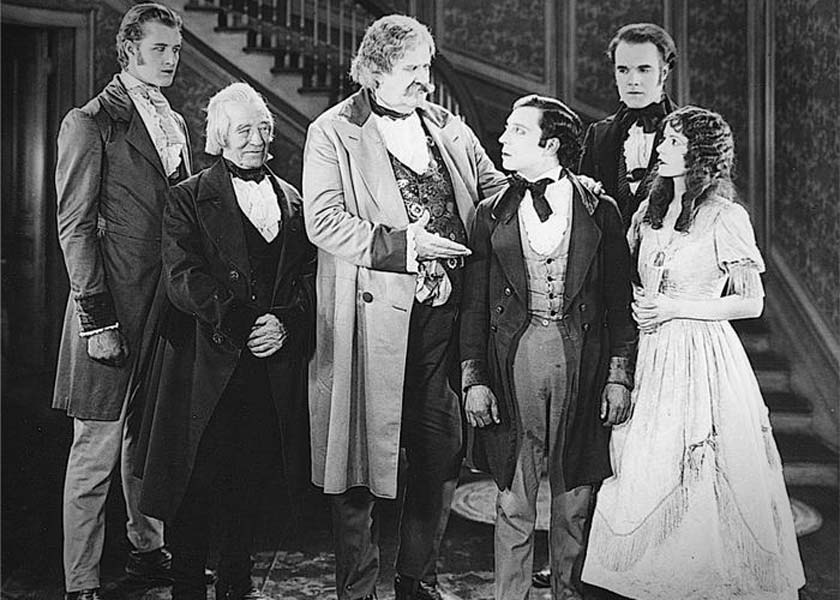
- Our Hospitality
- 1923, John G. Blystone
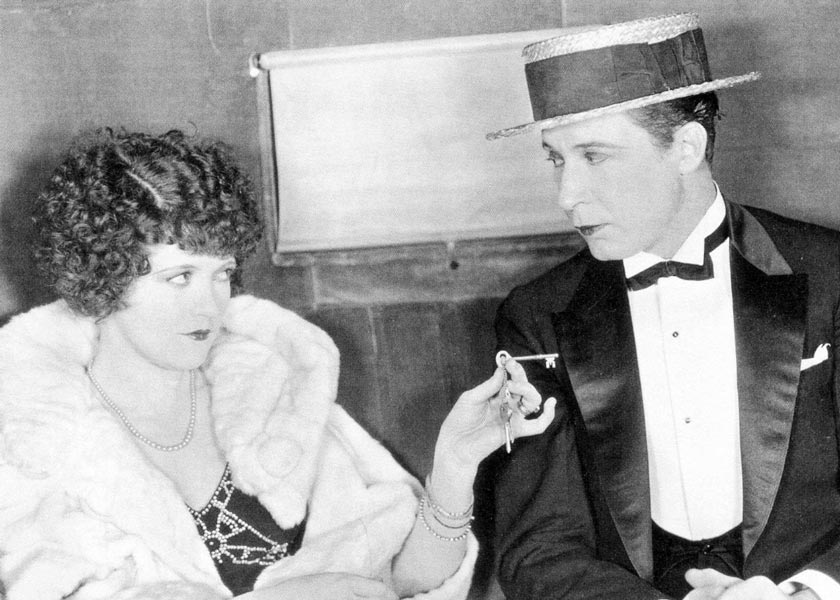
- The Marriage Circle
- 1924, Ernst Lubitsch
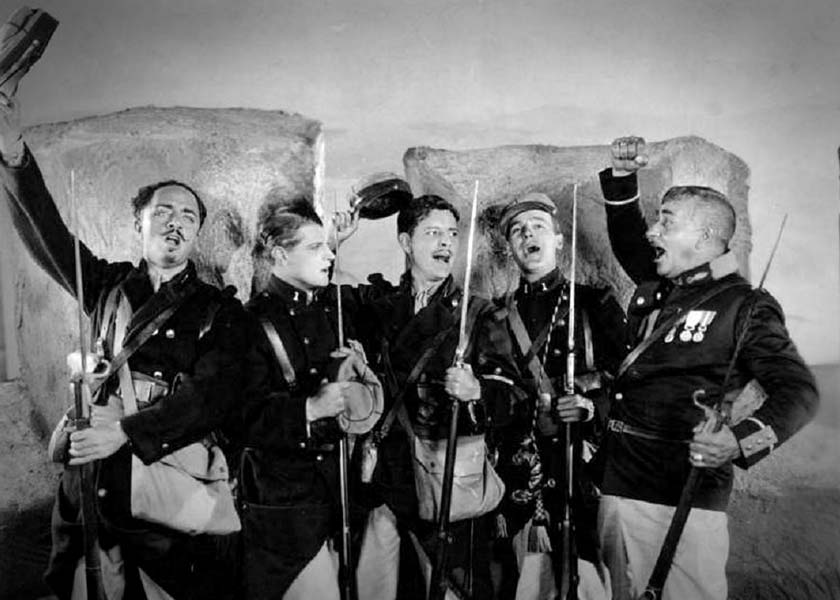
- Beau Geste
- 1926, Herbert Brenon
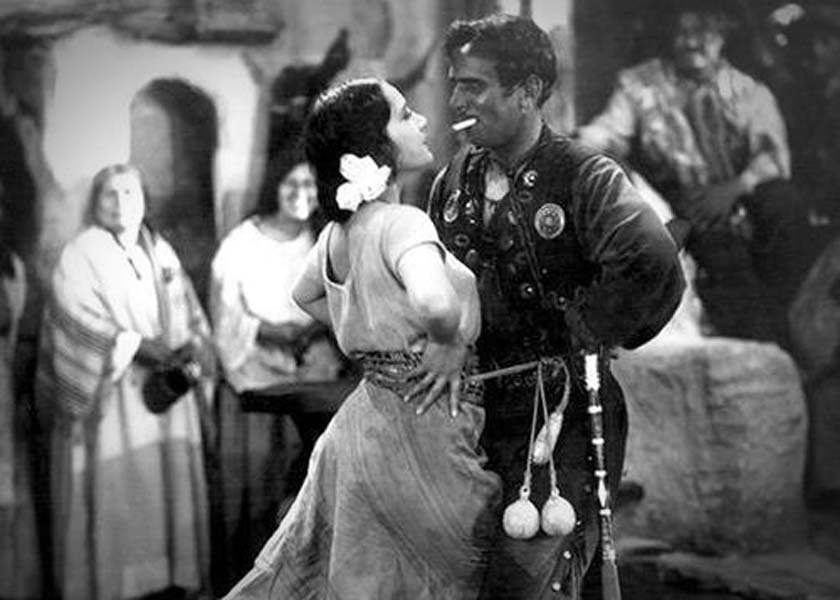
- The Gaucho
- 1927, F. Richard Jones
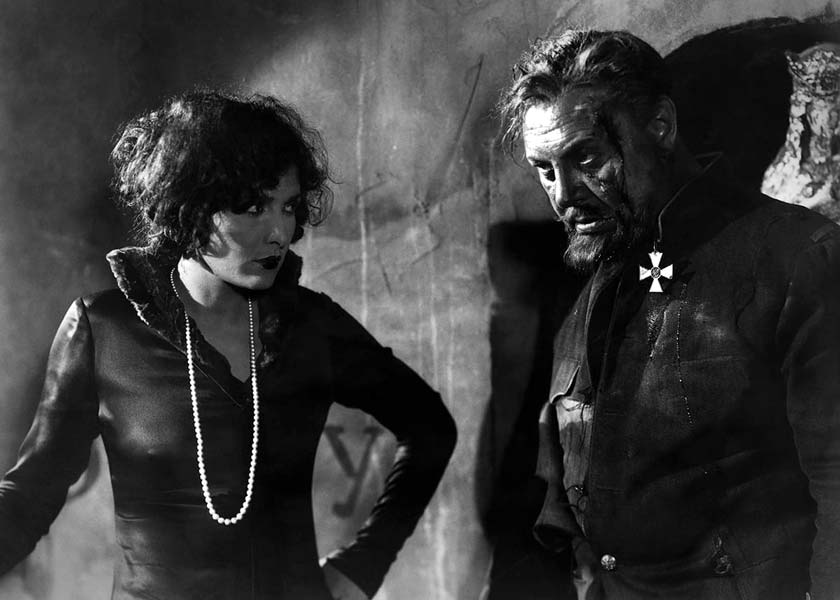
- The Last Command
- 1928, Josef von Sternberg
Further Reading

